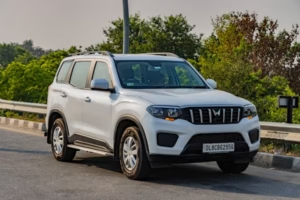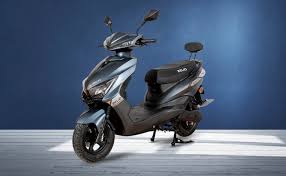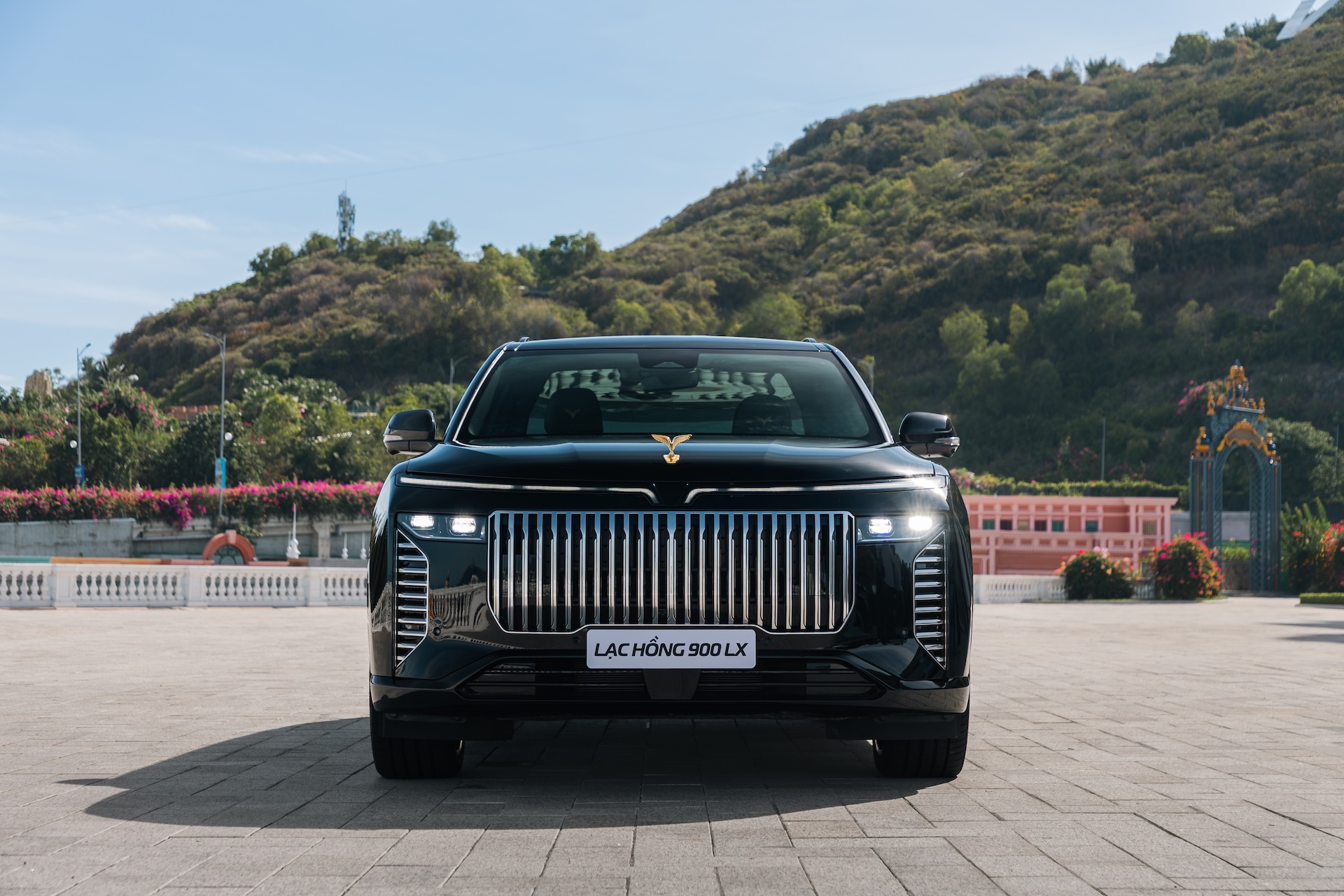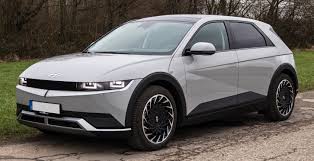Introduction
India’s electric vehicle (EV) market is no longer in its nascent stage — it’s charging ahead in full swing. What started with small electric hatchbacks and scooters has now evolved into an all-out movement, with electric SUVs becoming the new avatar of this revolution Tata Harrier EV. Indian consumers are increasingly giving importance to clean mobility; government incentives are making EVs affordable, and charging facilities are progressively improving in major cities.
In this changing environment, SUVs—known for their road presence, high ground clearance, and commanding driving posture—are being electrified today to address the ambitions of new-age Indian families and city adventurers alike.
At the very heart of this revolution are two of India’s most revered car companies: Tata Motors and Mahindra & Mahindra. Both enjoy a rich heritage in India’s automotive history and a successful track record of developing tough, feature-heavy, and value-for-money cars. But with the tide now turning to sustainability and intelligent mobility, these two giants are again going head-to-head—but this time on electric terrain.
Tata Harrier EV inherits the DNA of a model that’s already the best seller in the ICE SUV space, now reimagined for the electric future. On the other hand, Mahindra’s XUV 9e — a part of its highly anticipated Born Electric line — guarantees out-of-the-box design, smart technology, and performance configured for the EV era.

Design and Road Presence
With electric SUVs, the first impression counts more than ever. Both the Tata Harrier EV and Mahindra XUV 9e make impressive entrances, even in their base variants.
The Tata Harrier EV takes forward the aggressive and muscular road presence of its ICE counterpart but with futuristic EV-specific flourishes. The front fascia is edgier, with a closed grille that denotes its electric character. Even the base model will sport dramatic LED DRLs that blend into an elegant light bar, lending it a contemporary, networked appearance. The stance is broad and stable, with forceful shoulder lines and squared wheel arches that give it an aggressive, road-conquering stance. Alloy wheels can be less complex in design in the base version, but they’re still designed well to match the dynamic body of the SUV.
The Mahindra XUV 9e, however, goes more towards a sci-fi-inspired design. Taking inspiration from Mahindra’s Born Electric design language, the XUV 9e has a more coupe-like stance with a sloping roof, sharp fenders, and a chunky light bar that spans the front. The base trim may forgo a few chrome trimmings or extra alloy sizes, but it still features the bulging body creases and distinctive C-shaped LED DRLs that make it a standout. The look is modern and cutting-edge — an obvious attempt on the part of Mahindra to break free of traditional SUV aesthetics and make some strong electric flair.
Interior & Features
Step inside either the Tata Harrier EV or the Mahindra XUV 9e, and it’s immediately clear — entry-level no longer means bare-bones. Both electric SUVs aim to offer a premium experience even at the starting line, with smartly designed cabins and essential modern features baked right in.
Tata Harrier EV stays true to Tata’s new-age design philosophy—clean lines, layered textures, and a driver-focused layout. Even in the base trim, it can be expected to feature a floating touchscreen infotainment system (expectedly 10.25 inches), accompanied by a semi-digital instrument cluster or a fully digital unit based on variant structuring.
Mahindra XUV 9e, part of Mahindra’s Born Electric line, introduces an altogether more futuristic design. Imagine wide-screen infotainment systems, sparse center consoles, and aggressive lighting highlights. Even the base variant will come with a twin-screen arrangement (as seen on XUV700)—infotainment and digital instrument cluster.
Tech Features at Entry-Level
- Wireless Android Auto & Apple CarPlay: Tata is likely to provide it from the base or mid variant, whereas Mahindra is likely to offer it as a standard feature across the line, considering its tech-savvy positioning.
- Touchscreen Interface: Both provide high-resolution units with over-the-air (OTA) update ability.
- Steering-mounted controls, voice assistant, and basic connected car features: On both.
- Rear vents and charging ports: Both are equipped as standard for an enhanced rear-seat experience.
- Sound System: Tata could retain a 4-speaker configuration at base, whereas Mahindra could provide a 6-speaker configuration even in base trims.
Performance & Battery
When it comes to EVs, performance is not only about horsepower — it’s about delivering power, range, and dependability with maximum efficiency and confidence. And when the contenders are entry-level electric SUVs, the Tata Harrier EV and Mahindra XUV 9e tackle performance with two different mindsets.
Tata Harrier EV is likely to be derived from Tata’s new-gen Gen 2 EV architecture, a significantly rewritten Omega platform tuned to support electric powertrains. The starting version will come with a single motor configuration, driving the front wheels (FWD). Tata might save the dual-motor AWD variant for upper trims.
- Power Output (Anticipated Base Variant): Approximately 160–180 hp, with immediate torque output
- Battery Pack Size: Expected 60–65 kWh lithium-ion pack
- Range Claimed: Approximately 450–500 km based on MIDC cycle
- Top Speed: Electronically capped at 150–160 km
- 10–80% in ~50 minutes using a DC fast charger
- Home AC charging: ~8–10 hours
- Real-World Efficiency Estimate: ~6.5 kmkWh in city, ~5.5 on highways
The Harrier EV will be guaranteed mature dynamics, linear acceleration, and excellent stability — ideal for high-speed touring. Regenerative braking and several drive modes will probably be part of the standard package.
The Mahindra XUV 9e, constructed on the INGLO EV platform, is Mahindra’s new-age, fully electric architecture joint development with Volkswagen. The base variant, too, will be guaranteed to have a rear-wheel-drive (RWD) configuration, which will improve driving enjoyment and provide improved weight distribution.
- Expected Base Power Output: Approx. 170–190 hp
- Battery Capacity: Most likely a 60 kWh LFP (Lithium Iron Phosphate) battery
- Claimed Range: Approximately 450–470 km on the MIDC cycle
- Top Speed: Expected to be in the order of 150 km
- 10–80% in <40 minutes with fast charging (up to 175 kW supported on the platform)
- AC home charging: ~7–8 hours
- Estimated Real-World Efficiency:
- ~6.2–6.5 kmkWh in city driving, ~5.0–5.3 on highways
Safety
Tata Harrier EV gets its safety DNA from Tata’s track record of crash-tested cars. While the electric Harrier hasn’t yet been officially tested, its ICE sibling is based on the OmegaArc platform, which is shared with Land Rover’s D8 structure—one that’s renowned for its strength.
Standard Safety Kit (To be expected in Base Variant):
- 6 airbags
- ABS with EBD
- Electronic Stability Control (ESC)
- Hill Hold Control
- Traction Control
- Rear parking sensors and camera
- Build Quality Reputation: Tata boasts a 5-star pedigree in the Nexon, Punch, and Altroz. Although Global NCAP has not formally tested the Harrier (ICE), it’s generally considered well-built and robust structurally.
- Crash Safety Rating: Waiting for EV-specific test data.
Mahindra XUV 9e, developed on the brand-new INGLO platform, is engineered to meet global safety standards, including Euro NCAP standards.
Standard Safety Kit (To be offered in Base Variant):
- Airbags
- ABS with EBD
- Electronic Stability Program (ESP)
- All-disc brakes with regenerative braking integration
- Tyre Pressure Monitoring System (TPMS)
- Rear camera with dynamic guidelines
- Establish Quality Reputation: The XUV700 was awarded five stars in Global NCAP, and Mahindra is known for prioritizing crashworthiness. The EV should follow in this vein.
- Crash Safety Rating: Not yet available, but likely to aim for 5-star Euro NCAP.
- ADAS Features: Mahindra has pushed the envelope with ADAS in the XUV700. The base model XUV 9e might come with entry-level ADAS features such as emergency braking or blind-spot alert, but the full roster is probably to be saved for higher models.
Tech and Connectivity
Tata Harrier EV and Mahindra XUV 9e are poised to deliver on those expectations, cramming significant digital chops and intelligent connectivity into their entry-level models.
- 10.25-inch floating touchscreen infotainment system
- 7-inch semi-digital instrument cluster with easy-to-read displays of range, regen level, trip data, and battery condition
- Wired & Wireless Android Auto and Apple CarPlay (presumably available from base or mid trims)
- Voice commands and steering-mounted controls for hands-free operation
- Smart Connected Car Features through Tata’s iRA 2.0 platform
- Remote AC control, lock unlock, and charging status.
- Live tracking of range and geo-fencing
- Over-the-Air (OTA) Updates: Infotainment UI, map navigation, and potentially even vehicle firmware
The interface should be easy but smooth, with tactile feedback and reasonable sunlight readability — perfect for daily travellers.
- Mahindra XUV 9e, in turn, seeks to out-teach competition by providing more futuristic digital experiences, even in the base variant:
- Dual-screen design (presumably 10.25-inch on both): one for infotainment and one for a completely digital instrument cluster
- Interactive UI based on the new INGLO OS, presumably to include custom widget support and EV-themed graphics.
- Wireless Android Auto & Apple CarPlay as standard or from the second variant onwards
- Integrated voice assistant (Mahindra’s Alexa-integrated system, subject to final integration of software)
- Adrenox or INGLO Connect-based Connected Car Suite
- Remote car access, scheduling of climate and charge, live car diagnostics
- Support via smartwatches and smartphones
- OTA Updates: End-to-end OTA support, not only for the infotainment but potentially for ADAS calibration, driving modes, and energy management
The Mahindra experience is more in the direction of the premium digital space — silky smooth animations, out-of-this-world fonts, and high configurability.
Price and Value
Tata Harrier EV – Entry-Level Variant (Expected Pricing)
- Expected Ex-showroom Price: Rs. 27.5 – Rs. 29 lakh
- Launch Timeline: Second half of 2025
- ~60–65 kWh battery with ~450+ km claimed range
- Front-wheel-drive (FWD) powertrain
- Premium styling, LED DRLs, and alloy wheels
- 10.25-inch touchscreen, semi-digital cluster
- Wireless Android AutoApple CarPlay
- 6 airbags, ESC, traction control
- Connected features via Tata iRA 2.0
Mahindra XUV 9e – Entry-Level Variant (Expected Pricing)
- Expected Ex-showroom Price: Rs. 28 – Rs. 30 lakh
- Launch Timeline: Late 2025
- ~60 kWh battery with ~450 km claimed range
- Rear-wheel-drive (RWD) layout to improve dynamics
- Dual-screen dashboard (two 10.25-inch units)
- Fully digital cluster, immersive infotainment on INGLO OS
- Wireless smartphone integration
- 6 airbags, ESP, all-disc brakes
- OTA updates, standard ADAS in upper trims
Final Verdict
The fight between the Tata Harrier EV and Mahindra XUV 9e base trims isn’t so much of a spec-sheet battle — it’s about the kind of EV buyer you are.
Mahindra XUV 9e
The XUV 9e is a better fit for city traffic. It’s more handy to handle, has a superior regen brake system, and provides a downright futuristic in-car experience, even in its base variant.
With its dual-screen design, complete OTA support, rich UI, and ADAS-ready interface possibility, the XUV 9e is a Tesla-inspired jump. If you appreciate connected car technology, smartphone-level interface smoothness, and a digital-first dashboard, Mahindra’s INGLO platform offers more innovation out of the gate.
Tata Harrier EV
- Drive long distances or prefer road trips
- Desire a tough, comfort-oriented electric SUV
- Appreciative of tried-and-tested architecture and broader service network support
- Prioritize understated, functional technology over showy gimmicks
- Purchase the Mahindra XUV 9e Base Variant if you…
- Drive mostly in the urban environment
- Desire for bleeding-edge infotainment and contemporary aesthetics
- Want a lighter, more responsive handling
- Are a digital-native driver who wants a bold, immersive EV experience
FAQs
Q: Which EV provides better real-world range in the base variant?
Both provide ~450 km claimed range, but Harrier EV might provide marginally better highway efficiency.
Q: Which SUV is ideal for city driving?
Mahindra XUV 9e, due to its RWD setup and more compact handling.
Q: Does the base variant of Harrier EV get wireless Apple CarPlay?
Yes, Tata will provide wireless connectivity even on entry trims.
Q: Which one provides a more premium interior feel at the base level?
XUV 9e — with twin screens and space-age dashboard design.
Q: Which EV should provide better ride comfort?
Tata Harrier EV — particularly on bad roads and highways.





